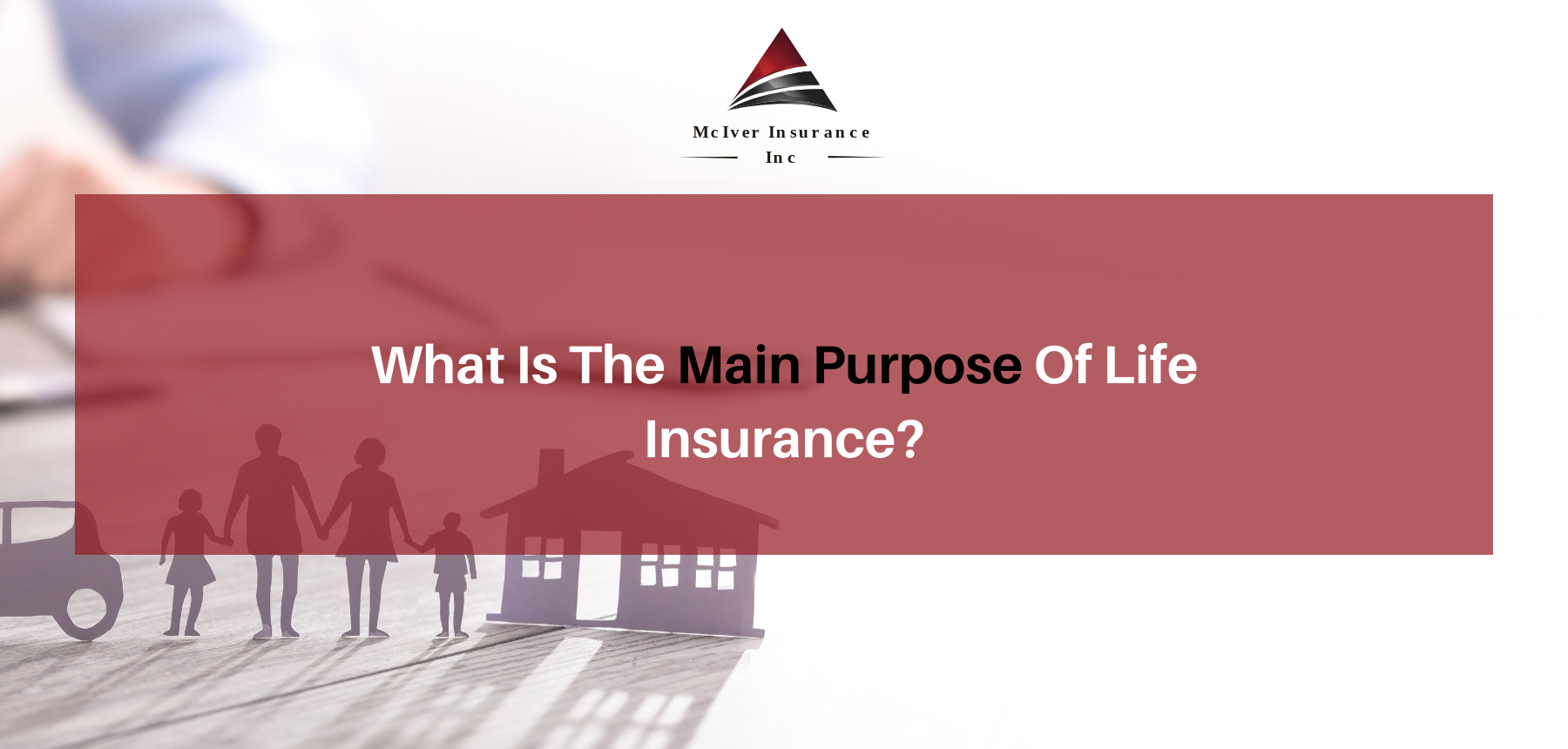The 25-Second Trick For Pacific Prime

This decrease of nearly 2 million in the number of people 'without insurance (a reduction of around 4 percent) is certainly a favorable modification. With a softer economy in 2000 the latest reported gains in insurance policy coverage might not continue (Fronstin, 2001) (maternity insurance for expats). The decrease in the number of without insurance will not continue if the economic situation stays slow and healthcare costs remain to exceed rising cost of living
This is because the information were collected for a period of strong economic efficiency. Of the approximated 42 million people who were uninsured, almost about 420,000 (regarding 1 percent) were under 65 years old, the age at which most Americans come to be qualified for Medicare; 32 million were adults between ages 18 and 65, about 19 percent of all grownups in this age; and 10 million were youngsters under 18 years old, about 13.9 percent of all kids (Mills, 2000).
These price quotes of the variety of persons uninsured are generated from the yearly March Supplement to the Existing Populace Study (CPS), conducted by the Census Bureau. Unless or else noted, national price quotes of people without health and wellness insurance policy and proportions of the populace with different type of coverage are based on the CPS, one of the most commonly utilized resource of quotes of insurance protection and uninsurance prices.
What Does Pacific Prime Mean?

Still, the CPS is particularly helpful because it generates yearly estimates relatively promptly, reporting the previous year's insurance policy coverage approximates each September, and since it is the basis for a consistent collection of quotes for more than two decades, enabling evaluation of patterns in coverage with time. For these factors, along with the comprehensive use the CPS in various other studies of insurance policy coverage that are offered in this report, we depend on CPS quotes, with limitations kept in mind.

The price quote of the number of without insurance people increases when a population's insurance coverage status is tracked for several years. Over a three-year period starting early in 1993, 72 million people, 29 percent of the U.S. https://www.quora.com/profile/Freddy-Smith-136. populace, were without insurance find this coverage for at the very least one month. Within a single year (1994 ), 53 million people experienced at least a month without protection (Bennefield, 1998a)
Six out of every 10 uninsured grownups are themselves employed. Although functioning does improve the chance that one and one's member of the family will certainly have insurance coverage, it is not a warranty. Also participants of households with 2 full time wage income earners have nearly a one-in-ten possibility of being uninsured (9.1 percent without insurance price) (Hoffman and Pohl, 2000).
Some Ideas on Pacific Prime You Should Know
New immigrants make up a substantial percentage of individuals without health and wellness insurance. One analysis has actually attributed a significant part of the recent development in the dimension of the united state without insurance populace to immigrants that got here in the nation in between 1994 and 1998 (Camarota and Edwards, 2000). Current immigrants (those that came to the United States within the past four years) do have a high rate of being uninsured (46 percent), but they and their children account for just 6 percent of those without insurance country wide (Holahan et al., 2001).
The partnership in between wellness insurance policy and accessibility to care is well developed, as recorded later on in this chapter. The partnership between wellness insurance policy and wellness end results is neither straight nor easy, a substantial medical and health solutions research study literature web links health and wellness insurance protection to enhanced access to care, far better quality, and boosted individual and population wellness condition.
Levels of evaluation for taking a look at the impacts of uninsurance. This conversation of wellness insurance coverage concentrates mainly on the U.S. populace under age 65 because basically all Americans 65 and older have Medicare or other public insurance coverage. Moreover, it focuses particularly on those without any health and wellness insurance for any type of length of time.
The Pacific Prime PDFs
The problems faced by the underinsured are in some aspects similar to those dealt with by the uninsured, although they are usually less severe. Health and wellness insurance coverage, however, is neither needed nor enough to acquire accessibility to medical solutions. The independent and direct result of health insurance policy coverage on accessibility to health solutions is well established.
Others will certainly obtain the wellness care they require also without medical insurance, by spending for it out of pocket or seeking it from companies who use care cost-free or at highly subsidized prices. For still others, medical insurance alone does not guarantee invoice of treatment since of other nonfinancial barriers, such as an absence of health and wellness care companies in their community, minimal access to transport, illiteracy, or etymological and cultural distinctions.
The Only Guide for Pacific Prime
Official research study regarding without insurance populaces in the United States dates to the late 1920s and early 1930s when the Committee on the Cost of Medical Care produced a series of reports regarding financing doctor workplace gos to and hospitalizations. This problem came to be significant as the varieties of clinically indigent climbed up throughout the Great Clinical depression.
Comments on “The Main Principles Of Pacific Prime”